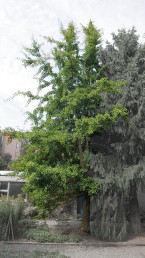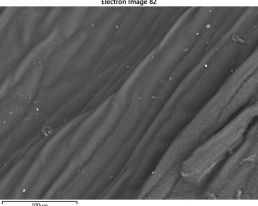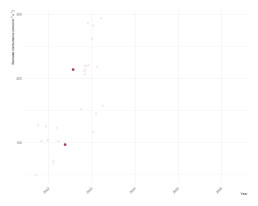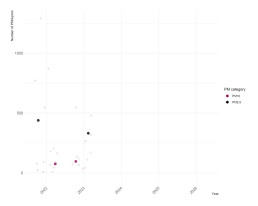The Witness Tree Project | The Witness Trees | Ginkgo biloba
Ginkgo biloba is a species that originated more than 200 million years ago. It’s the only living member of its family, Ginkgoaceae, which is why it is considered a ‘living fossil.’ This unique quality makes it perfect for studying how it responds to today’s environmental changes compared to how its ancient fossil relatives reacted to climate events from long ago. Ginkgo is in general a widely researched species, with more than 100 of its features being studied globally, as retrieved from relevant databases. It is also an important tree for humans, for its ornamental value and for its myriad uses. In particular, it is used in Chinese traditional medicine and researched today in western medicine, but also as a source of food for its seeds [1]. Its population is also globally endangered [2].
In Trinity Botanic Garden, the tree holds a special value in itself being one of the specimens that was translocated from the garden’s former location in Ballsbridge, Dublin.
1. POWO (2022). “Plants of the World Online. Facilitated by the Royal Botanic Gardens, Kew. Published on the Internet; http://www.plantsoftheworldonline.org/ Retrieved 27 July 2022.”
2. Sun, W. 1998. Ginkgo biloba. The IUCN Red List of Threatened Species 1998: e.T32353A9700472. https://dx.doi.org/10.2305/IUCN.UK.1998.RLTS.T32353A9700472.en. Accessed on 24 April 2023.





